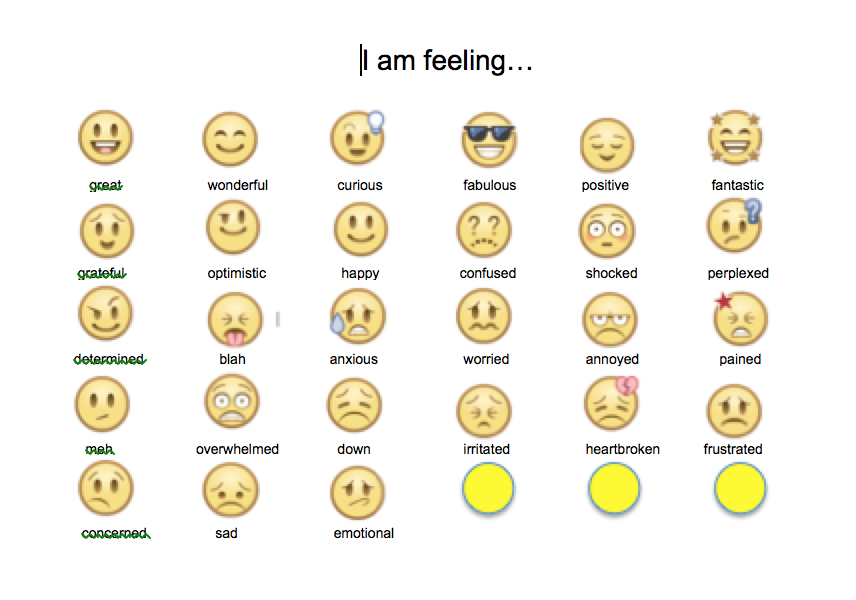My co-teachers and I decided to address this by tying in a bit of digital culture. I searched for emotional emojis (using the very popular FaceBook symbols) and developed a chart.

We began the lesson by playing a game we call Pass the Plate. This is a brainstorming activity using a plastic plate and water based marker to add some novelty. On one side of the plate was an emoji, and on the back side students had to brainstorm words that might match the emotion.
We found that students were much more likely to use emotional terms in their writing, with greater variety than the typical "sad" or "happy" terms we usually received. Students now keep their emoji charts in their writing notebooks for easy access.


 RSS Feed
RSS Feed